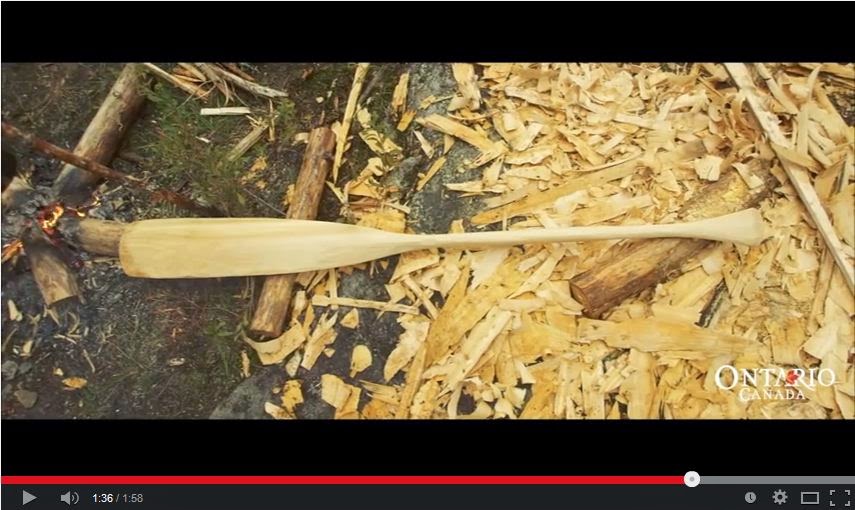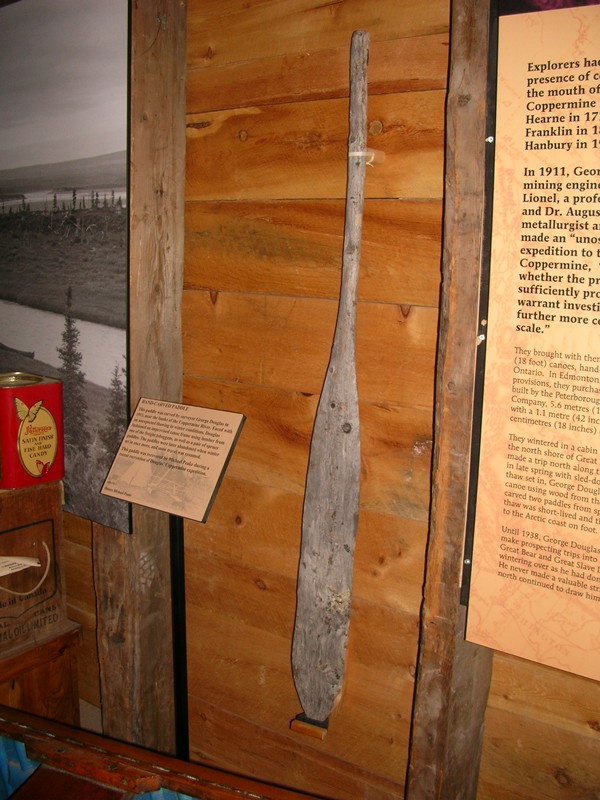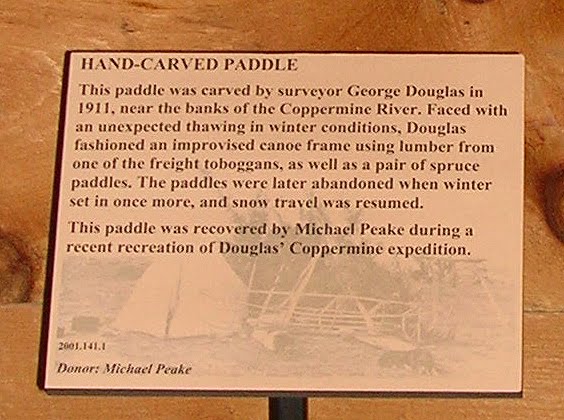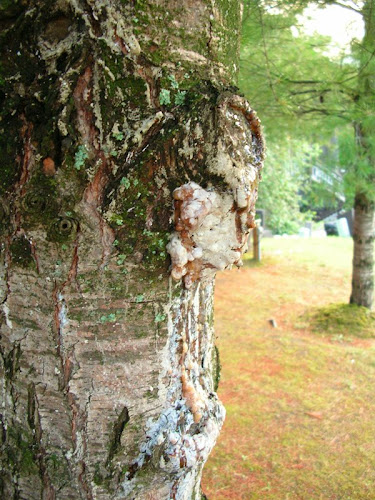Well said again Oldie. Maybe someone can spend a rainy day at camp this summer trying to make a functional paddle with just a knife and report back. I'll try and give it a whirl too. Like Mem echoed also, with enough perserverance and creativity, some method of propulsion can be achieved.
Glenn, you questions about native built laminated paddles is an interesting one. I've never come across any surviving ones made with just bush materials, but perhaps there are examples. I'll send a query over to the Canadian Canoe Museum folks to see if they have any thoughts.
My 2 cents on the process of using spruce gum "glue" is that for an emergency paddle it would be quite labor intensive and challenging. Most birchbark canoe construction videos conveniently show footage of a quick and easy harvest of gum, usually at the end of the film when the final sealing of the gores takes place. It gives the illusion that the gum is readily available at moments walk into the forest. Truth is the gum / resin harvesting itself is a time consuming process. Usually when searching the forest for a suitable birch tree and cedar trees at the beginning of the canoe building process, the builder would also be on the lookout for spruce, tamarack or pine to tap for resin. The process is similar to maple trees for sap - the tree must be injured and the ooze collected. Only after weeks is sufficient gum harvested. This is why birchbark canoe users tend to bring a collection of refined gum in a pitch pot to do repairs on the trail. The likely hood of gum scarcity is significant.
Interestingly, when I was harvesting for my own bark canoe build, I curiously found that the biggest scores of gum were in urban areas, not the wilderness. The pruning of lower branches in parks and boulevards meant more gum collection, especially if the tree was "infected" with a little bug called the Pitch Mass Borer (
Synanthedon pini). The tree responds by producing a copious amount of gum as a defense mechanism, especially close to pruned branches. Here's a pic. The white bubbly stuff is a huge glob of gum from a white pine...
Back on topic. The gum, while sticky, certainly doesn't qualify as glue at this stage because of the bits of bark and grit. These usually need to be filtered or skimmed out by melting the gum. That means heat and some sort of container. If you are a minimilist and carry only one cookpot it would be ruined for future cooking / water boiling. Furthermore, the cleaned resin at this stage is quite brittle so to prevent cracking it is usually softened with some sort of fat (bear grease traditionally, but vegetable shortening or lard can be substituted). Still, while certainly being waterproof and sticky, I don't believe the concoction would have enough adhesive power to handle the stresses a paddle blade has during usage.
Curious about the lecturer mentioning laminating technology used by the Inuit of Greenland. I would not have thought that they would have ready access to plant gums and saps common in the Boreal forest. Animal hide and fish glue perhaps? Maybe some more experienced bushcraft folks can chime in on their wilderness glue experiences as well. Either way, I'd still surmise the process of manufacture wouldn't be practical for an emergency situation.
P.S.
Found one more link about carving from Jack Mountain Bushcraft. They use an axe, wooden wedge, and small knife to finish their emergency paddles.
http://tomahawksadventuretravel.blogspot.ca/2014/05/wilderness-canoe-paddles.html




